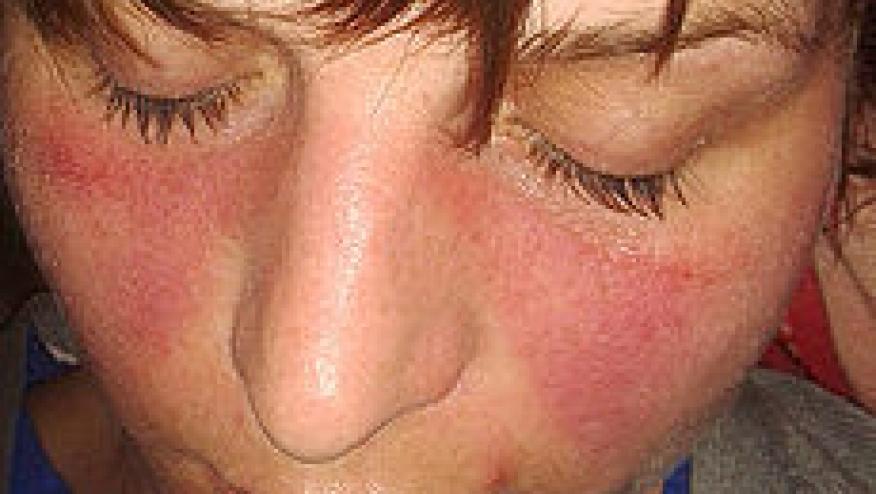Diagnosing Early Lupus from Mimics Save

A multicenter study of early systemic lupus erythematosus (SLE) patients examined manifestations at disease onset and found that certain clinical features can help to distinguish early SLE from other SLE‐mimicking conditions.
The cohorts included 389 patients with early SLE and 227 patients with SLE‐mimicking conditions. The diagnosis was based on the 1997 American College of Rheumatology (ACR) SLE classification criteria and the 2012 Systemic Lupus International Collaborating Clinics (SLICC) SLE classification criteria.
They found that features that were more common in early SLE than in SLE‐mimicking conditions included:
- Unexplained fever 34.5% versus 13.7%, respectively (P < 0.001)
- Anti–double‐stranded DNA, anti–β2‐glycoprotein I antibodies, positive Coombs’ test results, autoimmune hemolytic anemia, hypocomplementemia, and leukopenia
Fatures that were less common in early SLE than in SLE‐mimicking conditions included:
- Raynaud's phenomenon (22.1% versus 48.5%; P < 0.001)
- Sicca symptoms (4.4% versus 34.4%; P < 0.001)
- Dysphagia (0.3% versus 6.2%; P < 0.001)
- Fatigue (28.3% versus 37.0%; P = 0.024)
Fewer patients with early SLE were not identified as having early SLE with use of the SLICC criteria compared to the ACR criteria (16.5% versus 33.9%), but the ACR criteria demonstrated higher specificity than the SLICC criteria (91.6% versus 82.4%).







If you are a health practitioner, you may Login/Register to comment.
Due to the nature of these comment forums, only health practitioners are allowed to comment at this time.